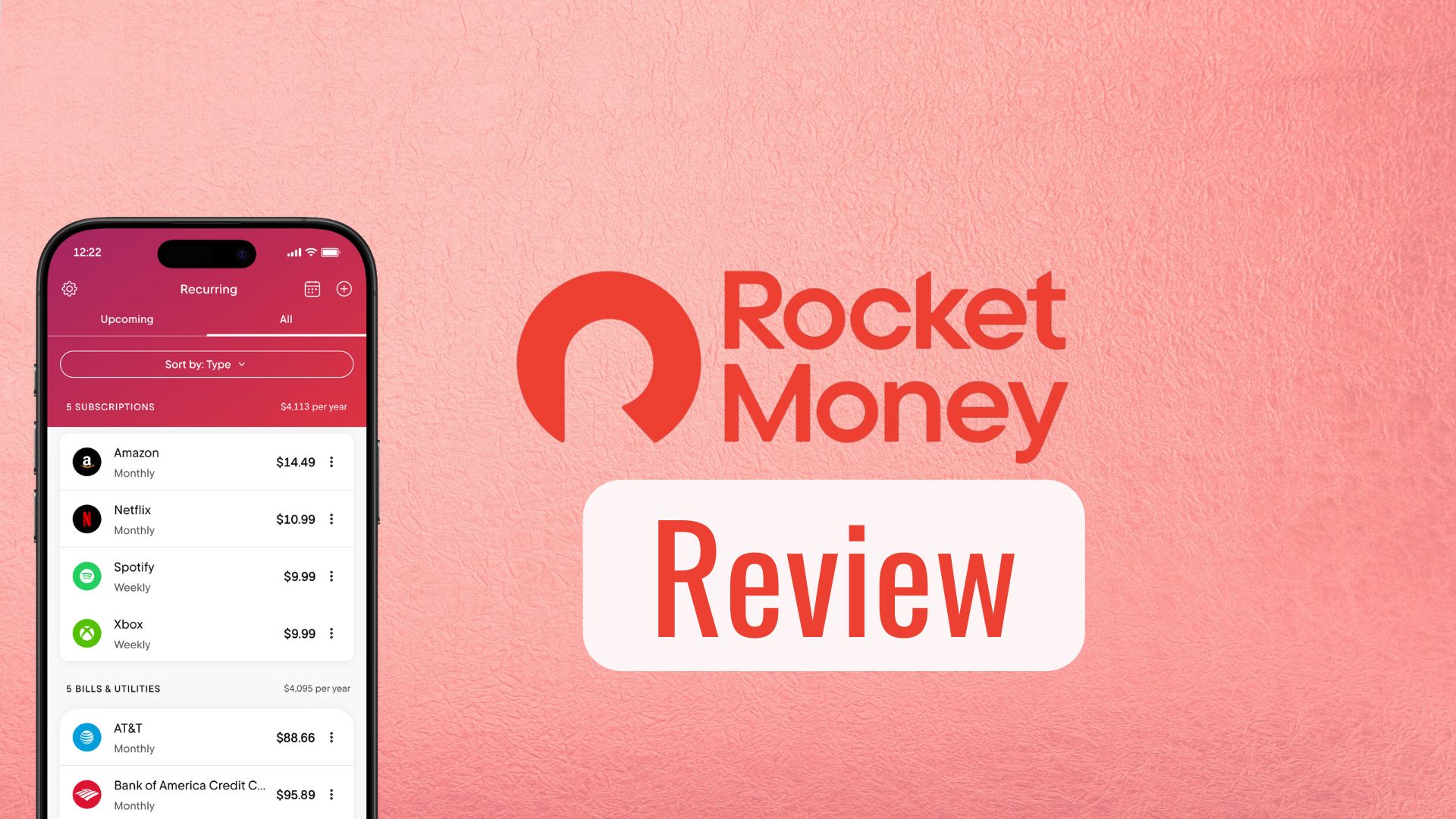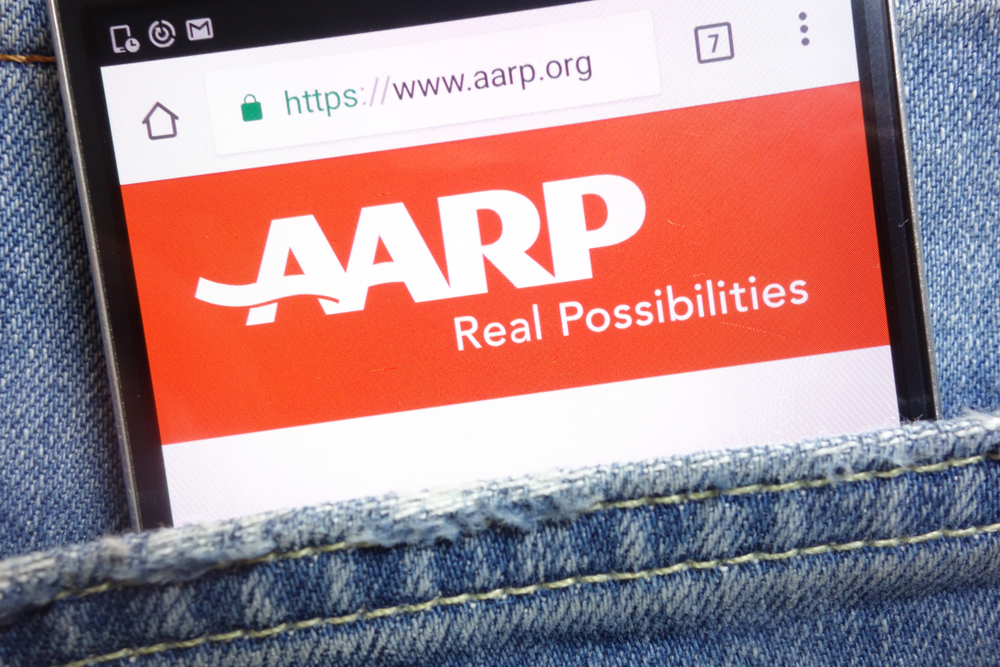After widening its delivery footprint to more U.S. locations this year, e-commerce courier Veho is adding a significant amount of parcel handling infrastructure in key existing markets to deepen capacity for the fast-approaching peak holiday shipping season.
New York-based Veho on Thursday announced it has expanded parcel sorting capacity by over 50% in its top markets, enabling it to meet an expected surge in B2C e-commerce demand, by increasing the size of its own facilities and partnering with other warehouse operators.
“One of the hardest things in the logistics business is ensuring you always have enough capacity to meet shippers’ demands, without having so much you become inefficient,” said Albert Silva, Veho’s senior vice president of operations, in a news release. “We are expanding our existing facilities and launching over 10 new ones — all with flexible staffing models — to ensure we can meet shippers’ needs in a cost-effective way.”
The holiday shopping season is the most lucrative period of the year for retailers of all types. E-commerce brands make on average 30% of their revenue during the four weeks between Thanksgiving and Christmas, when delivery volume balloons by 40% compared to earlier in the year, according to Veho.
ShipMatrix, an analytics and consulting firm, estimates that 2.3 billion packages will be delivered in the United States during the peak season, 5% higher than the same period in 2024, mostly because of an extra shopping day this year. Peak volumes have normalized after skyrocketing during the pandemic earlier this decade, but grew a modest 4.8% last year. The flood of extra shipments puts pressure on shippers and delivery companies, including FedEx and UPS, to achieve on-time delivery in a compressed period of time.
Veho, which provides last-mile delivery for retailers such as Macy’s, Sephora, Lululemon, Saks, Stitch Fix, Hello Fresh, Nespresso, Warby Parker and logistics providers like Flexport, ShipBob, ShipHero and Stord, says volume more than doubled in the first half compared to the 2024 holiday peak season.
The delivery platform said it has increased the capacity of its Philadelphia and Indianapolis regional hubs by 30,000 to 50,000 square feet each, and recently opened a 150,000 square-foot regional hub outside Atlanta. It also is increasing available throughput by 50% to 100% in several markets by expanding its own facilities or partnering with third-party logistics providers to quickly access distribution centers. Those markets include Newark, New Jersey; Hartford, Connecticut; Boston; Chicago; Raleigh and Greensboro, North Carolina; Dallas; Houston; Tampa and South Florida; Richmond and Northern Virginia; and Louisville, Kentucky.
























